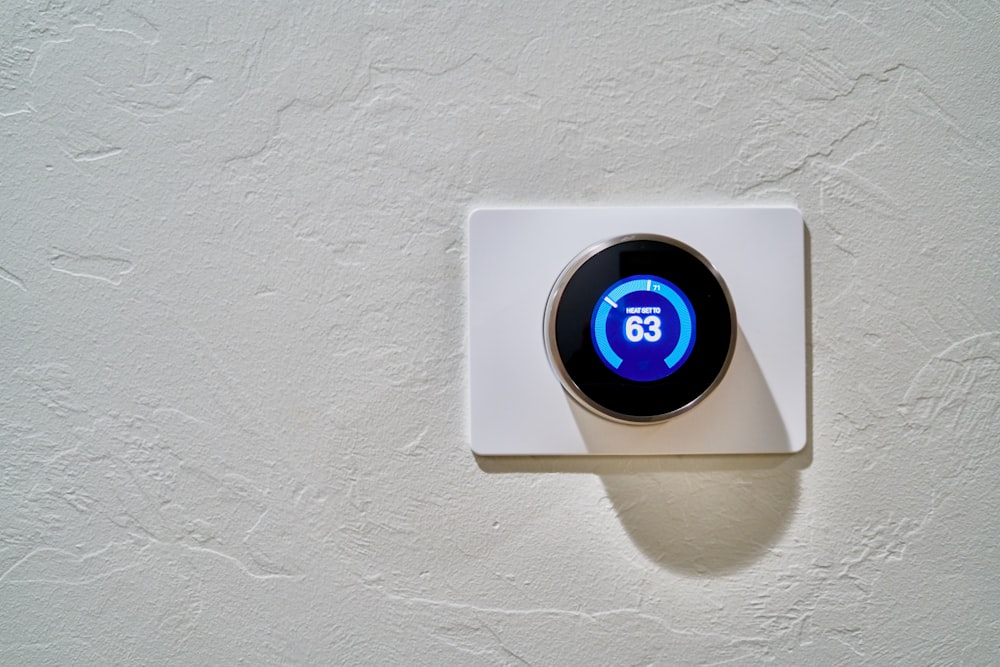In a room, ventilation referred to as regulated air exchange. However, this definition encompasses a wide range of ventilation system types. We need to understand the basic terms and definitions used in this field before moving on to the definition and rules for selecting their components.
As a result, the ventilation system is classified as follows:
- by the normal and artificial movement of air;
- supply and exhaust, respectively;
- Local and general service areas;
- typesetting and monoblock architecture.
Device Of Natural And Artificial Ventilation
The ventilation system types airflow produced in two ways:
Pressure varies naturally as a result of differences in air temperatures, altitude, and wind pressure. As a result, this ventilation referred to as normal.
With the aid of a fan, artificially. This is known as mechanical or artificial ventilation.
Natural ventilation systems are used in modern housing construction: fresh air reaches the space through leaks in windows and doors and is expelled through ventilation ducts, which have exhaust grilles in the kitchen and bathrooms. This form of ventilation is low-cost, dependable (no moving parts or automation), and long-lasting.
Ventilation Device For Supply And Exhaust
The supply ventilation system intended to provide the building with fresh air. The supplied air heated or cooled, humidified, and dust-free if desired.
On the other hand, exhaust ventilation eliminates toxic air from the room. In most cases, supply and exhaust ventilation combined, and their output must be balanced; otherwise, space would have inadequate or excessive pressure, resulting in the unpleasant effect of “slamming doors.”
System Of Local And General Ventilation
Local ventilation is used to provide fresh air to particular areas (local supply ventilation) or to remove polluted air from areas where toxic emissions are generated (local exhaust ventilation) (local exhaust ventilation). Local exhaust ventilation used when toxic emissions concentrated in one area and can be prevented from spreading across the room. Manufacturing, where local ventilation commonly used. General ventilation used in domestic settings. Kitchen hoods, which provide local exhaust ventilation, are an exception.
Unlike local ventilation, general ventilation intended to circulate air throughout the room. In addition to inlet and outlet, general ventilation may be inlet and outlet. As a rule, supply general exchange ventilation must include heating and filtration of supply air, necessitating mechanical ventilation (artificial). Since the exhaust air does not need to be recycled, general exchange exhaust ventilation is easier than supply ventilation and can be accomplished with a fan mounted in a window or a hole in the wall. Mechanical supply ventilation and natural exhaust ventilation, which often less expensive than mechanical ventilation, used for small amounts of ventilated air.
Monoblock Ventilation System And Typesetting
Individual components such as a fan, a silencer, a filter, an automation system, and so on make up the type-setting ventilation system. A ventilation chamber or behind a false ceiling are common locations for such a device (with low performance). Typesetting systems have the advantage of being able to ventilate any room, from small apartments and offices to supermarket sales areas and entire buildings. The downside skilled calculations and design needed, as well as the wide dimensions. The section Composition of ventilation systems describes the components that make up a standard typesetting device.
Both elements of a monoblock ventilation system (ventilation unit)contained in a single noise-isolating casing. Supply, exhaust, and supply and exhaust monoblock systems are all possible. A built-in recuperator often used in air handling systems, which reduces the amount of energy used to heat the supply air.
Compared to type-setting systems, monoblock ventilation system types units have a range of advantages:
- The noise level of the monoblock unit is considerably lower than that of typesetting systems since all components housed in a sound-insulated casing.
- Monoblock systems with low productivity installed in residential buildings as a result, while typesetting systems are normally expected to be installed in utility buildings.
We make it easy and quick for clients to acquire the service they need. Please contact us for additional details.



